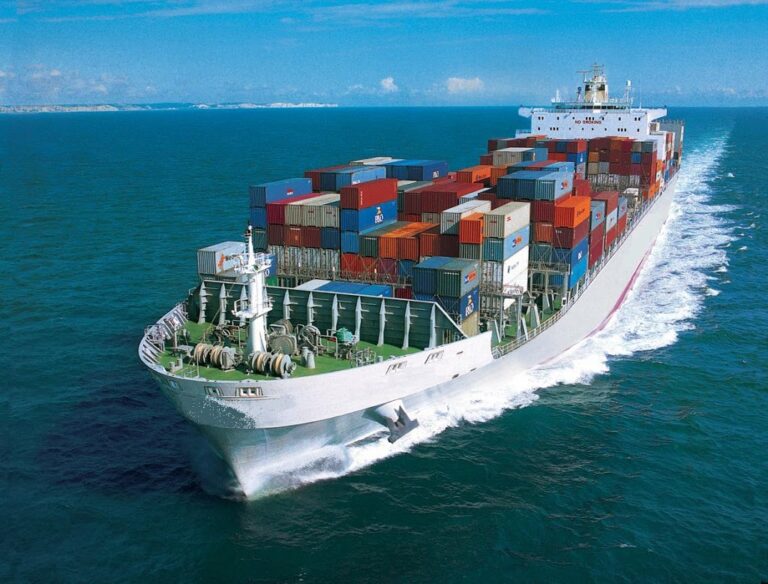The war in Ukraine is at a critical point, as the country’s military leadership, led by General Oleksandr Syrskyi, is implementing a bold plan to reverse the course of the conflict.
Ukraine launched a wave of drone attacks against Russia overnight, causing fires at two Russian energy facilities. According to the Russian Ministry of Defense, more than 158 Ukrainian drones targeted 15 regions of the country, including the capital, Moscow.
The Russian military claimed that these drones were intercepted and destroyed. However, as a result of the attack, a fire broke out at an oil refinery in Moscow in a “separate technical room,” said the city’s mayor.
Sergei Sobyanin reported that at least 11 drones targeted the capital and surrounding areas. Meanwhile, 75 miles (120 kilometers) from the Russian capital, in the Tver region, loud explosions were heard near the Konakovo power station. Russian media reported a fire at the facility.

At the same time, in an analysis by the American newspaper The Washington Post, the focus is on Ukraine’s efforts to shift the balance of the war with the attack on Kursk and Russian territory.
Despite capturing hundreds of Russian soldiers and occupying hundreds of square miles of Russian land, Russia continues to advance in eastern Ukraine, with the attack on the strategic hub of Pokrovsk in full swing. If General Syrskyi’s operation fails, Ukraine risks losing well-trained soldiers, significant military equipment, and territory in its eastern side, where Russian forces outnumber and attack with relentless intensity.
Analysts are uncertain if Ukraine’s risk will pay off. Niko Lang, a former German Defense Ministry official and now an associate at the Center for European Policy Analysis, notes that the incursion into Kursk gave Ukraine tangible benefits, such as prisoners of war and a coveted moral advantage. However, Russian President Vladimir Putin downplays the significance of the incursion and focuses his attention on eastern Ukraine.
“Essentially, he’s telling the Ukrainians: ‘You can stay, you can leave—do whatever you want. I’ll be busy with other things,'” Lang said. If Ukraine’s goal was a trade of territories, “it’s clear it isn’t working, and Putin knows it.”
The eastern Donbas region remains the main focus of the conflict, with President Volodymyr Zelensky acknowledging that the Pokrovsk front is the most difficult part of the battle. Meanwhile, Syrskyi noted that 30,000 Russian soldiers have been transferred to Kursk, but not from the Donbas region. Ukrainian soldiers who advanced quickly in western Russia, capturing about 500 square miles in just a few days, stand in stark contrast to their exhausted comrades resisting Russian attacks in eastern Ukraine.
Lieutenant Ihor Soltys, deputy commander of the 14th Ukrainian Regiment, notes a difference in the psychological and moral state between the two groups of soldiers.
Nevertheless, many in Ukraine believe that the operation in Kursk reinvigorated the military, which had mostly been on the defensive for two years. Ukrainian soldiers in the east, fighting under harsh trench conditions, see this operation as a necessary measure to pressure Russia.
The Kursk operation was planned in complete secrecy, as previous Ukrainian announcements of counteroffensives in the south had given Russia time to prepare. The operation was kept secret, with details hidden even from high-ranking Ukrainian officials and allies whose equipment was essential for the attack.
Soldiers transferred to Sumy, near the Russian border, believed they were being withdrawn from the tough eastern fronts for rest or a defensive mission. Most were unaware they would cross into Russia until just days or hours before the attack.
The secrecy paid off: Russia was caught off guard, and hundreds of Russian soldiers, unprepared for battle, surrendered.
Syrskyi, who took over leadership in a controversial manner, is now trying to prove his worth with this bold operation.
General Oleksandr Syrskyi, commander-in-chief of the Ukrainian army since February, formulated the plan for the incursion into Russia.
Although considered the “architect” of Kyiv’s defense in 2022 and a successful counteroffensive in Kharkiv, he earned the nickname “The Butcher” due to his Soviet-style tactics, for which some soldiers blame him for the fall of the eastern city of Bakhmut.
With the Kursk operation, Syrskyi is attempting to change the situation and pressure Putin to end the war. However, the situation on the Pokrovsk front remains particularly difficult, with the Russians concentrating their attacks in the area.
Ukrainian soldiers in the east are trying to hold as much ground as possible while requesting additional vehicles and equipment from the U.S. to withstand the continuous attacks. The commander of Ukraine’s 68th Brigade, Oleksandr, notes that the battle for Pokrovsk has intensified since Ukraine invaded Kursk.
Civilians in Pokrovsk are trying to protect their homes, with many fleeing the city. On an evacuation train, an elderly woman expressed her anger toward Russian soldiers, while a resident supporting the Kursk operation also hopes that Pokrovsk can be saved.
Ukraine’s operation in Kursk is a bold move, but its outcome remains uncertain as Russian forces continue to exert pressure on the east of the country.
Ask me anything
Explore related questions





